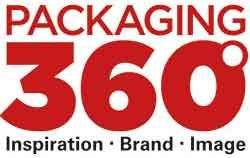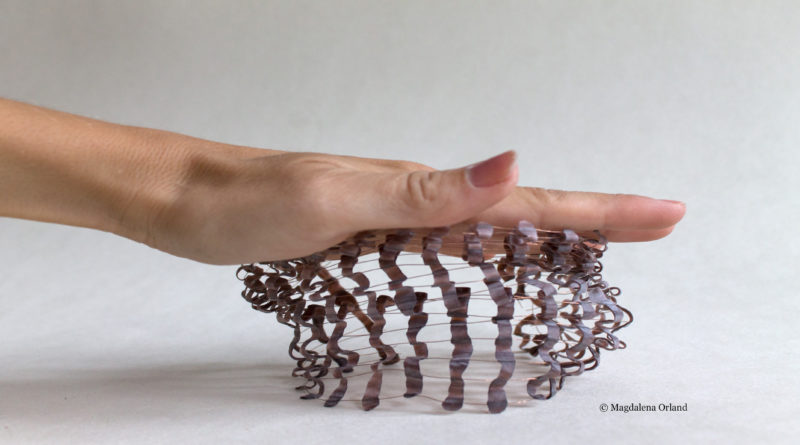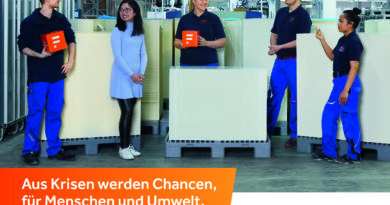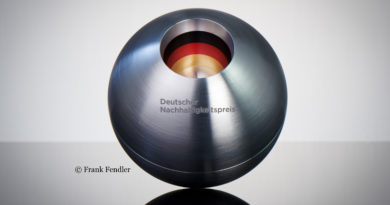New Experiments with Natural Materials
Textile designer Magdalena Orland from Leipzig wants to encourage people to explore new ways of making packaging by experimenting with materials. Orland has already received several awards for her projects. At FACHPACK on Thursday, she presented new solutions in sustainable packaging design at PACKBOX.
Collaborating with nature in creative practice can lead to new solutions in packaging. That’s according to Magdalena Orland, a textile designer who works with a wide variety of materials. When she participated in the competition „MaDe (Material Designers), she came across the packaging sector. Material Designers is a series of events and platform „dedicated to the positive impact of material designers in the circular economy.“ The project is co-funded by the European Union’s Creative Europe program and aims to „nurture talent towards a circular economy across Europe. „Material designers are agents of change. They can design, redesign, reform, reuse and redefine materials to give them an entirely new purpose,“ the competition program states.
Advantages of natural latex
Magdalena Orland’s starting material for the competition was – this is where the artistic aesthetic comes in – lace. „For this, I was primarily concerned with the certain properties of lace, and based on that, I did material experiments with natural latex. The experiments are divided into two groups: Casting and extrusion, plus processing with wire,“ she tells Packagaing360°.
Orland’s idea and goal for the project was to find „alternative, more sustainable materials to take it to a new level.“ She chose natural latex because the material has different properties than her previous materials. She developed new manufacturing methods and experimental processes. Her findings may also be of interest to the packaging industry, Orland says. Natural latex, which is extracted from rubber plants as milky sap and is thus a purely biological product, becomes an extremely elastic and resilient material with just a few ingredients, she says. The other advantages, Orlando said, are that it is CO2-neutral, biodegradable and toxin-free, so circularity can be guaranteed. It dries transzlucent and can be dyed well. The short drying time enables rapid processing. The main countries of origin are Indonesia, Malaysia or Thailand – which, however, is a disadvantage from the point of view of the transport route. The next step would therefore be to investigate whether European spurge plants have similar properties. Even though the Leipzig native emphasizes that she is a material designer and not a packaging engineer, she sees a link to the packaging industry in her natural rubber project. For example, the casting and extrusion processes she uses can also be applied to industrial processing, Orland reports. „My work is primarily meant to encourage experimentation to come up with new ways of making packaging and how to implement it.“
She says her abstract example serves as a stimulus to try new approaches. „You can use positive properties of a material, bundle them and steer them in the desired direction through deliberate, thoughtful interventions.“ After all, „Many materials are already present in nature and may just need to be looked at through a different lens.“ What sounds so simple then requires a series of experiments in practice. But only through trial and error could more sustainable packaging come into greater use. The fact that some of this more environmentally friendly packaging is ultimately short-lived due to its material should not be viewed only negatively. After all, some products can also get by with packaging that only lasts a short time.




